Squats are one of the most common movements you will see in any kind of gym. To help improve your squats we wanted to share with you our top stretches, tips, and exercises for the back squat and bodyweight squat.
AIR SQUATS
The air squat is a foundational movement that is essential to mastering various, more complex, lifting movements.
In this breakdown we will discuss three major components of the air squat:
1. Proper feet positioning
2. The beginning movement
3. Depth
PROPER FEET POSITIONING
When squatting it is important to be aware of your lower body positioning. Your feet should start at least shoulder width apart, with your toes pointed outward slightly. Be sure that your weight is evenly distributed across your foot and that you feel balanced and that your chest is up tall.
THE MOVEMENT
To initiate the squat, slowly push your hips back while lowering your body as if your are going to sit down in a small chair, and be sure to keep your chest up the entire time so that your back does not round (rounding your back can cause pain, discomfort or can lead to an injury).
DEPTH
Now that you've mastered how to squat down, we look at HOW far down you squat.
A full depth squat is ideal (this is hips going at least parallel to your knees). If you have trouble getting down to a full squat depth, that's okay(we have a mobility video/article that can help!), lower your hips until your feel your chest start to drop or your back begins to cave or arch and then stand up from the squat.
THE BACK SQUAT
Back squats are one of the most common barbell movements you will see in any kind of gym, and that is why we wanted to give you our top 3 tips for how to improve your back squat.
These three tips include:
1. Bracing your core
2. A foot cue
3. Squat variations
BRACING YOUR CORE
When preforming your back squat you can greatly improve your potential by learning how to properly brace. By bracing your core you can better utilize your transfer of power during the squat. To brace, take a DEEP breath and push your abdomen outward as if someone is about to punch you (if you wear a belt imagine trying to crush a grape between your stomach and your belt). Hold your core tight as you decent, once you've reached the top release your breathe and either rack the bar or brace again for a second rep.
THE FOOT CUE
Having balance is ideal for a good back squat. While squatting try to have your weight directly above the middle of your foot, and now image you are stepping on a sheet of paper. To initiate your squat, lower your body as if you are trying to sit into a small chair (you can see more info on squats in our air squat video). While descending, envision trying to twist your sheet of paper to the outside of your foot, while keeping your knees inline with your toes. Make sure to keep your chest up so there is no rounding of your back.
SQUAT VARIATIONS
Tradition back squats can be improved by using different variations to build strength. Pause squats, slow ascent/decent squats, and front squats can all be used to aide in strengthening your back squat.
You can get more information on these different squat variations at the end of the article.
SQUAT STRETCHES
Squatting is an essential part of any fitness routine and you will likely see squats in some form or another multiple times throughout your training week. Therefore, we are going to break down the best stretches to do before you squat. These stretches should lead to better performance and less injuries.
These stretches include:
1. Deep Squat
2. Lunge
3. Pigeon Stretch
4. Couch Stretch
DEEP SQUAT
Begin by sitting in the bottom of a squat and press your elbows into your knees allowing your hips to open. Be sure to squat slow and controlled and hold at the bottom for a few seconds to really feel the stretch. A couple sets of ten are ideal for this stretch.
LUNGE
This helps loosen up your lower body. Either do the movement in place or perform walking lunges. Be sure to really reach with your front leg. For more of a stretch place your hands or elbow down on the inside of the front leg.
PIGEON STRETCH
Pigeon is a common yoga pose that will help stretch/prime your hips for squats. You can move directly into the pigeon stretch from the lunges by placing the front leg on the ground and making it perpendicular to the opposite leg. Try to keep the back leg straight for this movement.
COUCH STRETCH
The final stretch, couch stretch, can be done against couch, wall, or wall ball. Make sure the back leg's foot is placed on the wall while your opposite foot is in a half knee position. You should not feel any pain in this stretch, if you do experience pain move farther away from the wall/couch/wall ball.
Now that you are primed for your squats go out and get some PRs!
SQUAT ACCESSORIES
We are going to break down 3 different squat exercises that can be used as supplemental strength movements to improve an athletes back squat. These movements help to mitigate overuse which commonly lead to injury.
These 3 exercises include:
1. Walking Lunge
2. Seated Box Jump
3. Sled Push and Pull
WALKING LUNGE
The lunge can be performed with kettlebells, dumbbells, or a barbell on your shoulders. Start light with sets of ten and work your way up in weight. For this exercise it is important to focus on control and balance, try to avoid banging your knees off the ground and focus on a controlled descent with a light knee tap to the ground.
SEATED BOX JUMP
These will help with your explosion out of the hole of a squat. Begin with a shorter box height until you get more comfortable with the movement. Then progress to a height you feel comfortable with doing multiple reps (3-5 reps). This is a great accessory to do in-between squat sets.
SLED PUSH AND PULL
Sled pushes are one of the best ways to work your posterior chain and incase on your pulling and pushing strength in the lower body. Start with down and back sets, beginning with pushing the sled in front of you and then pulling the sled behind you on the way back. This exercise is one where you can go heavy and really challenge yourself.
Now that you know these accessory movements, go out and set some PRs!
5 SQUAT VARIATIONS
We are going to break down 5 different squat variations that can be used as supplemental strength exercises to improve overall performance and strength as an athlete.
These 5 types include:
1. Front Squat
2. Goblet Squat
3. Box Squat
4. Pause Squat
5. Overhead Squat
FRONT SQUAT
The most common squat variation, the front squat's biggest difference is the bar placement. The bar is placed on the front of your shoulders instead of the back. Keeping your chest up is even more essential to perform this movement since the weight distribution makes it easy for your back to cave in and loose tension.
GOBLET SQUAT
This is variation involves holding a dumbbell, kettlebell, or other weight in front of you while you squat. This variation allows for a fuller range of motion for a lot of athletes.
BOX SQUAT
The box squat is a variation that is great for improving explosiveness when working with heavy loads. You want to start with the box at parallel to get the most out of this movement. Be sure to set your hips back as if you are sitting in a chair for this movement.
PAUSE SQUAT
This variation can be used for any of the other squat variations by just adding a pause at the bottom of the squat. This will work on ascending to the top of the squat without the assistance of momentum out of the hole. Focus on keep a tight core throughout this movement.
OVERHEAD SQUAT
The final, and most advanced variation, is the overhead squat. This should only be preformed by experienced athletes since technique is key here. This is a true full body squat. To work on this movement start with a PVC pipe or a kettlebell and once you become more familiar with the movement progress in weight.
Now that you know all the variations, it is time to hit the gym and give them a go!
GET SQUATTING!
Now you're ready to take these tips and get squatting!
Subscribe to our Youtube for me info on how to improve your lifts and help you feel comfortable in the gym!
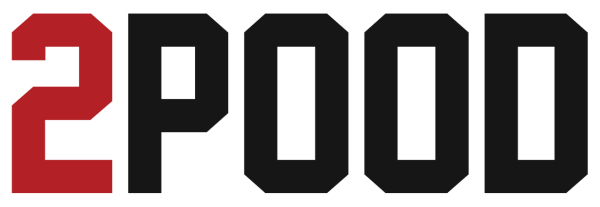
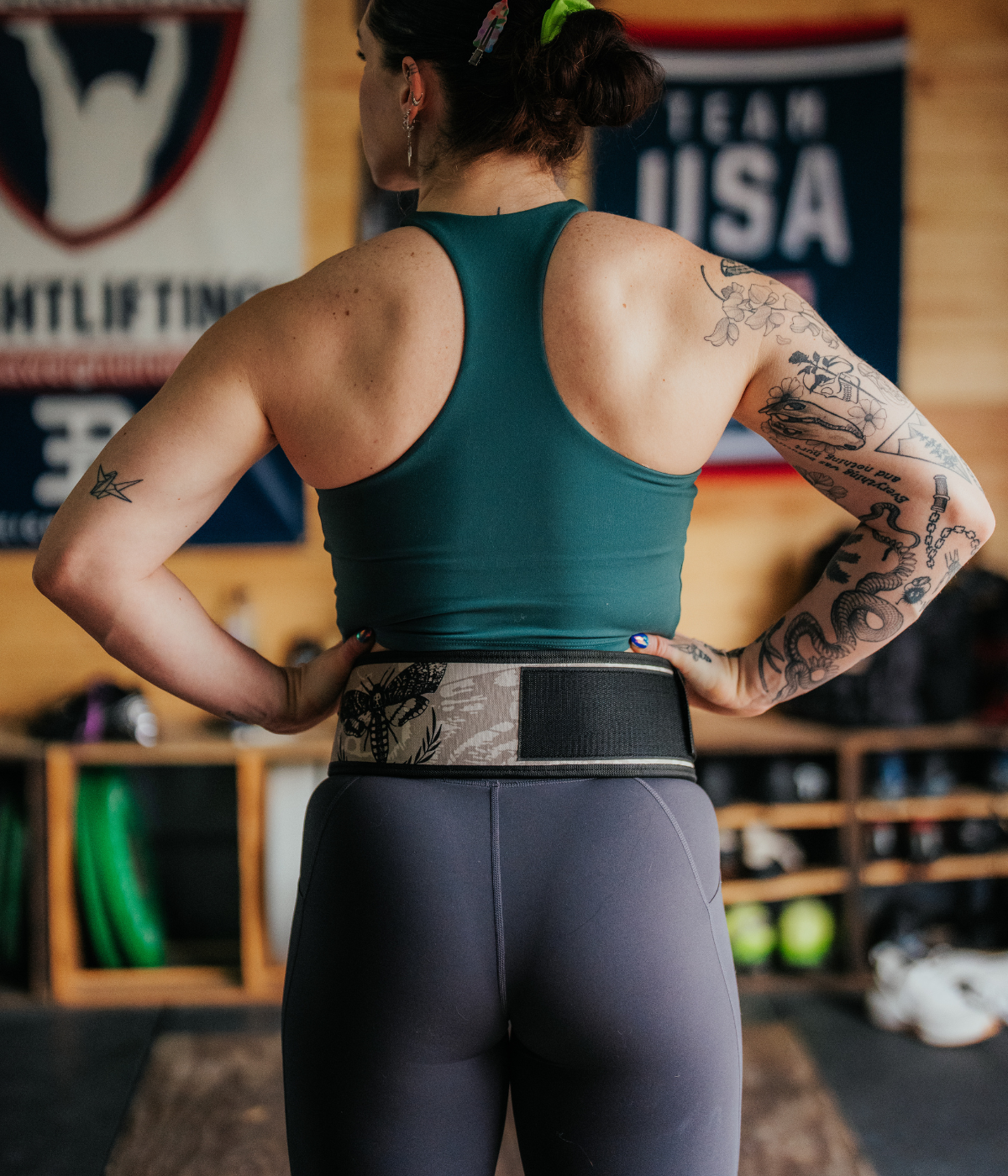
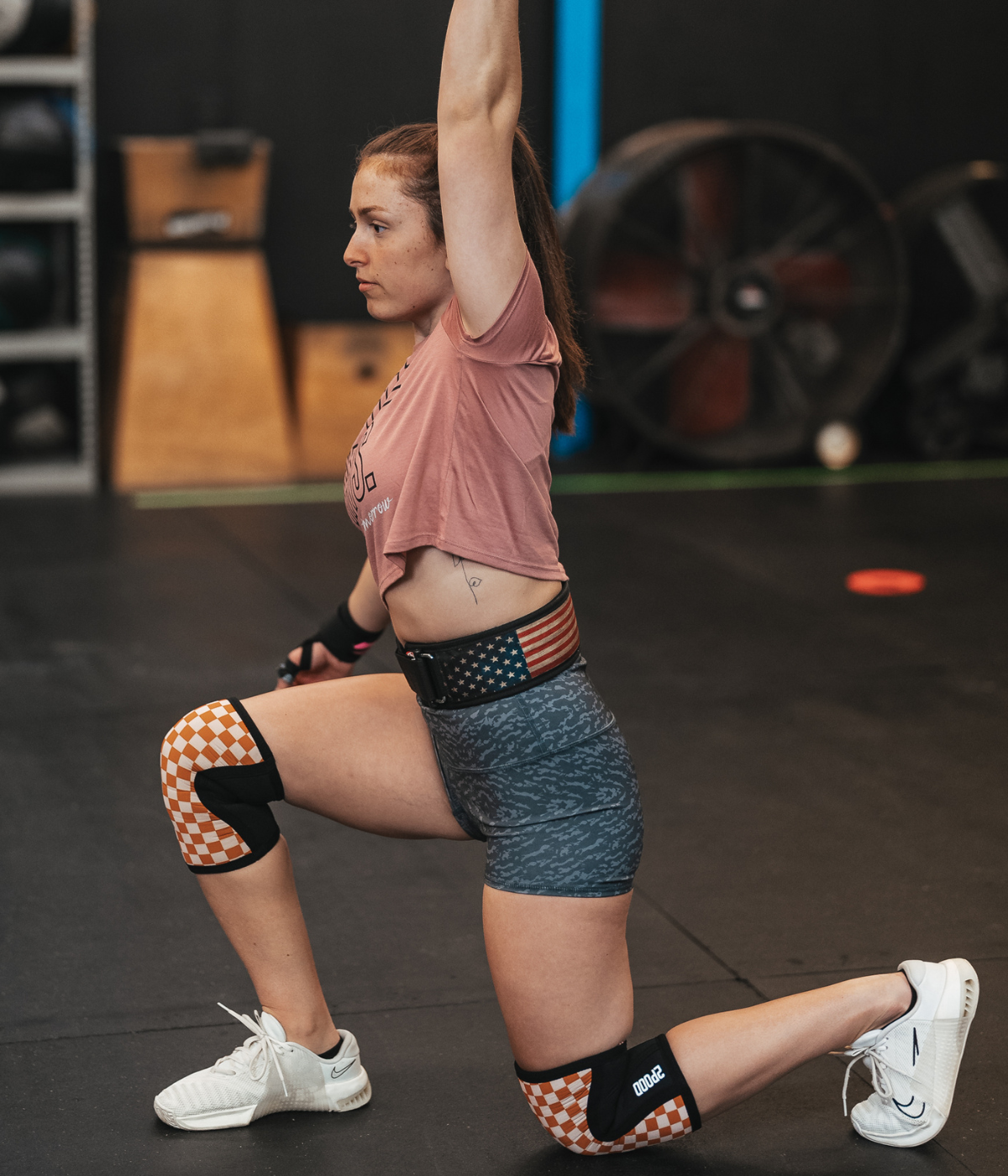
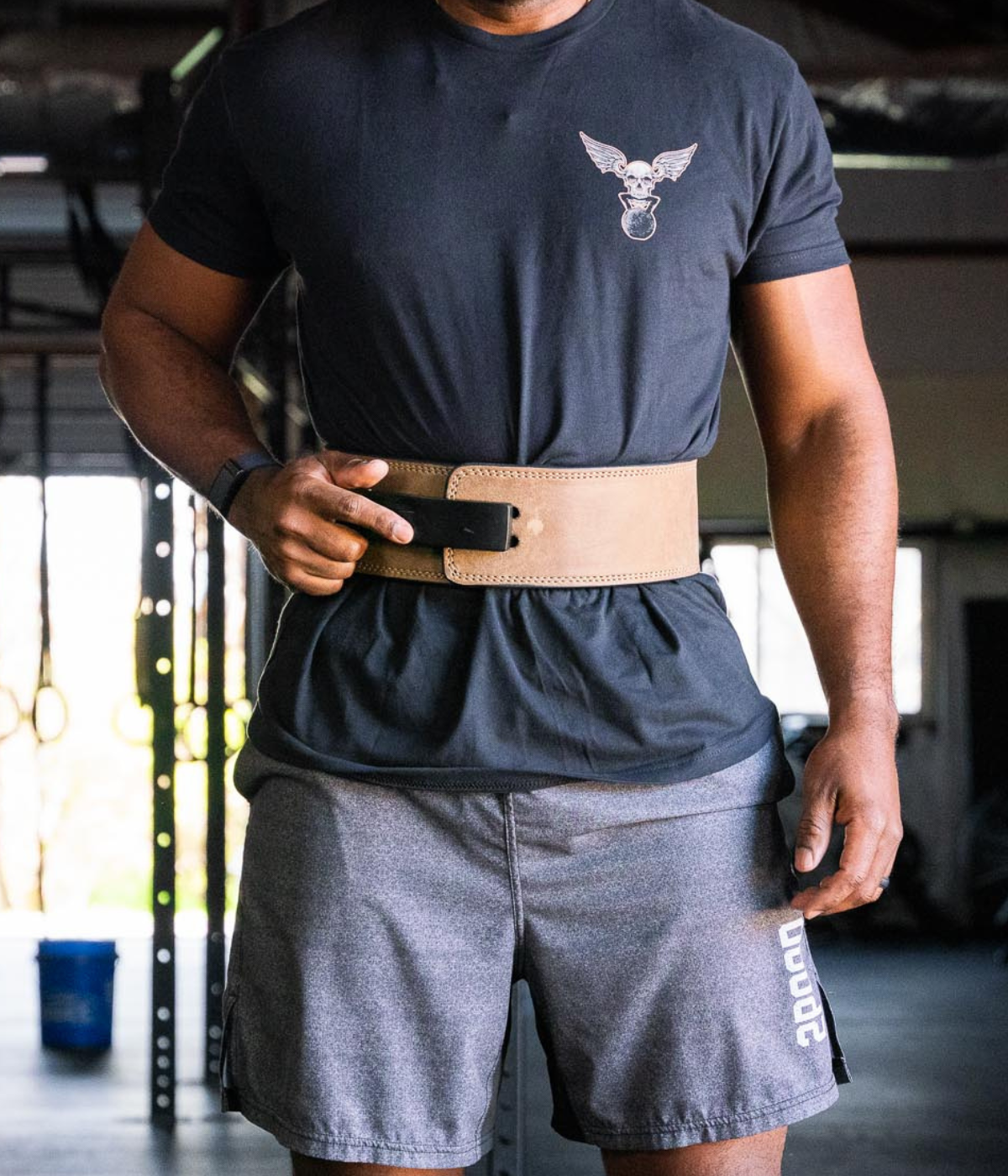
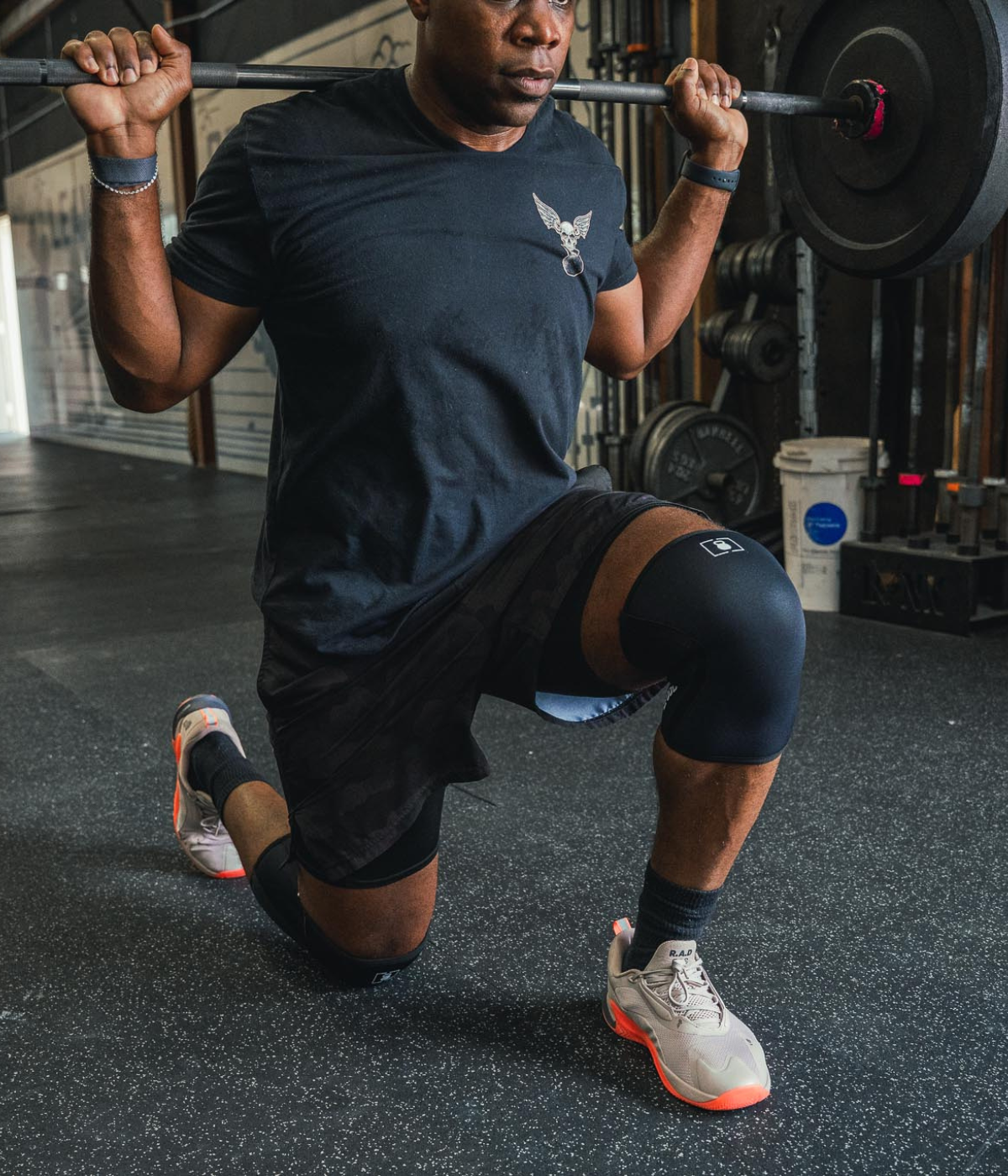
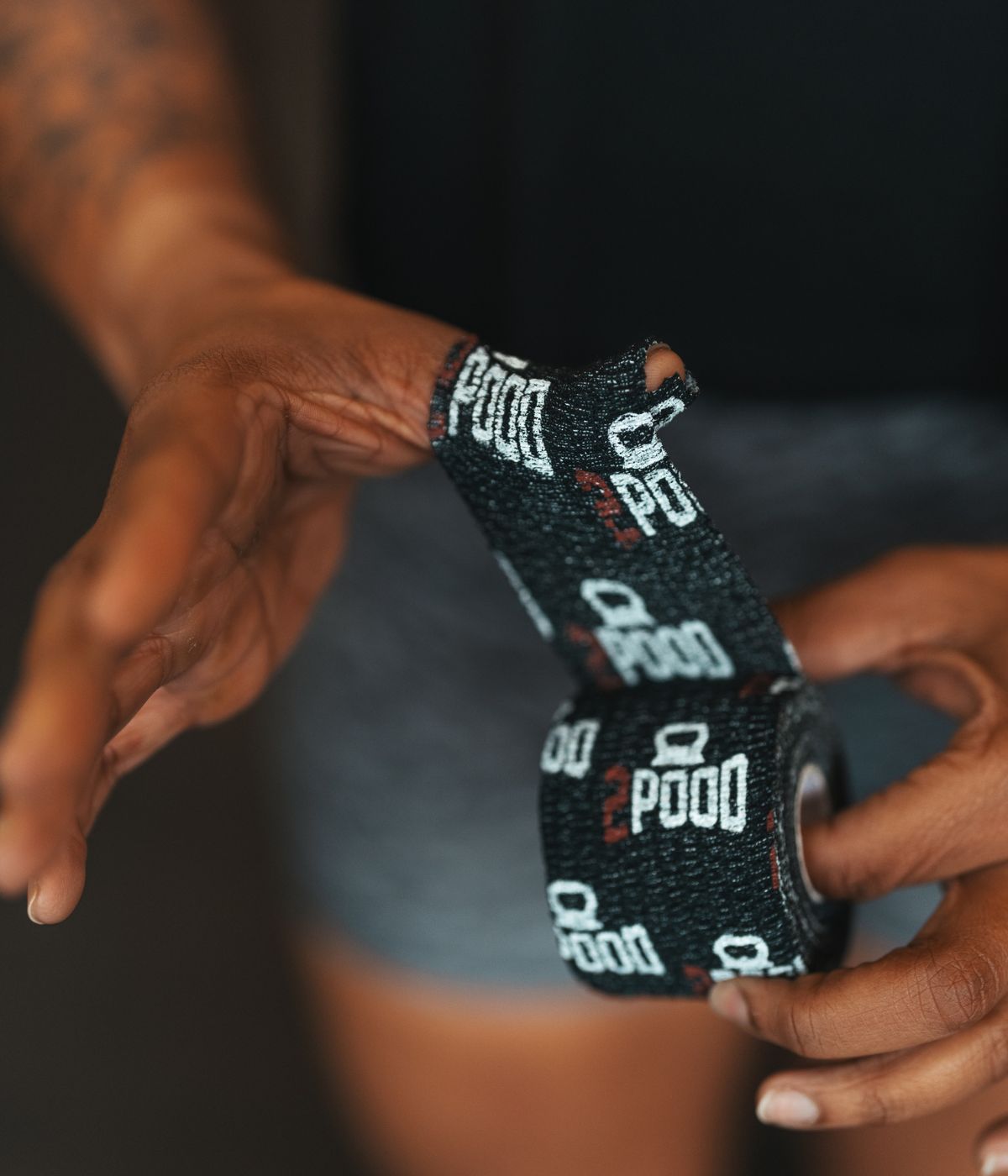
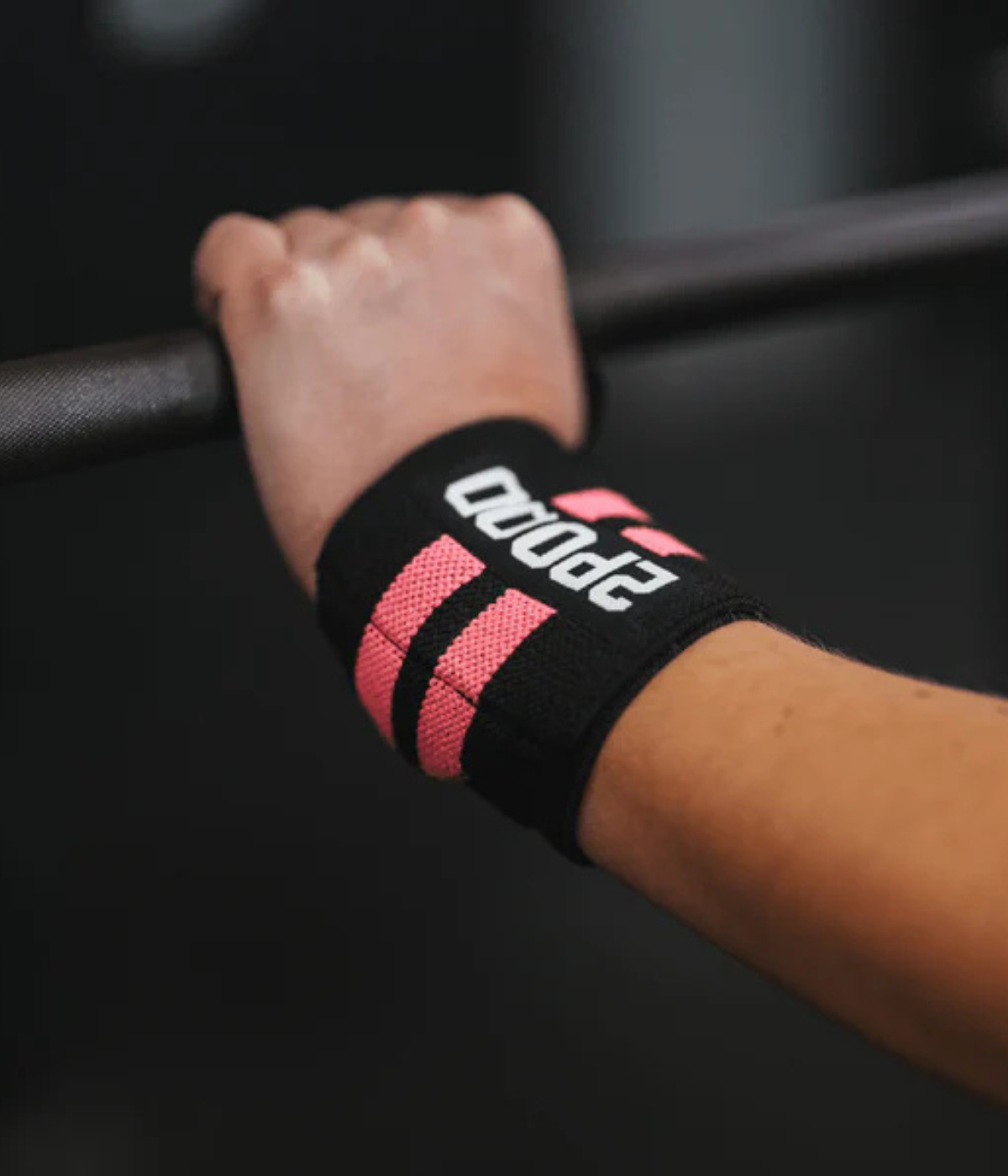
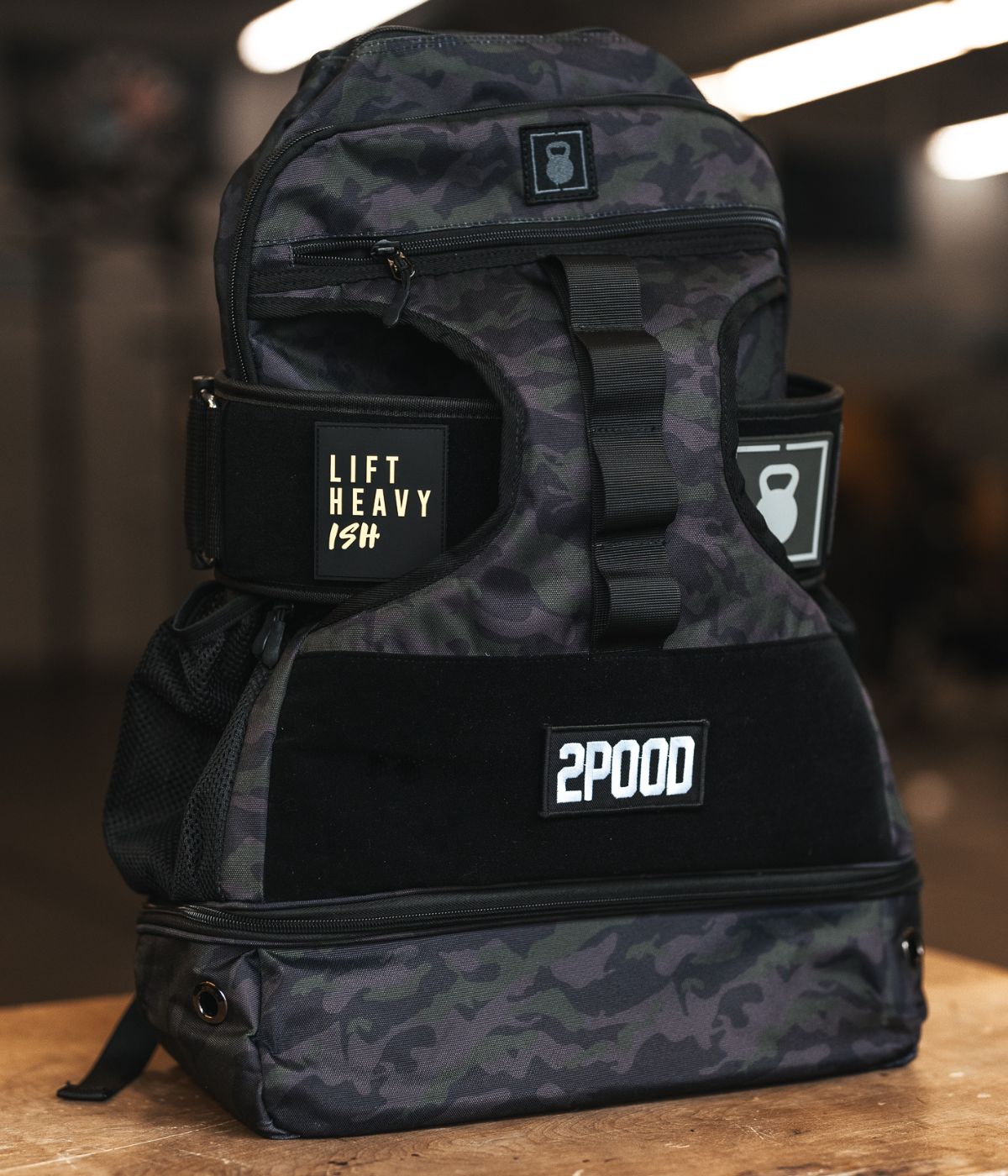
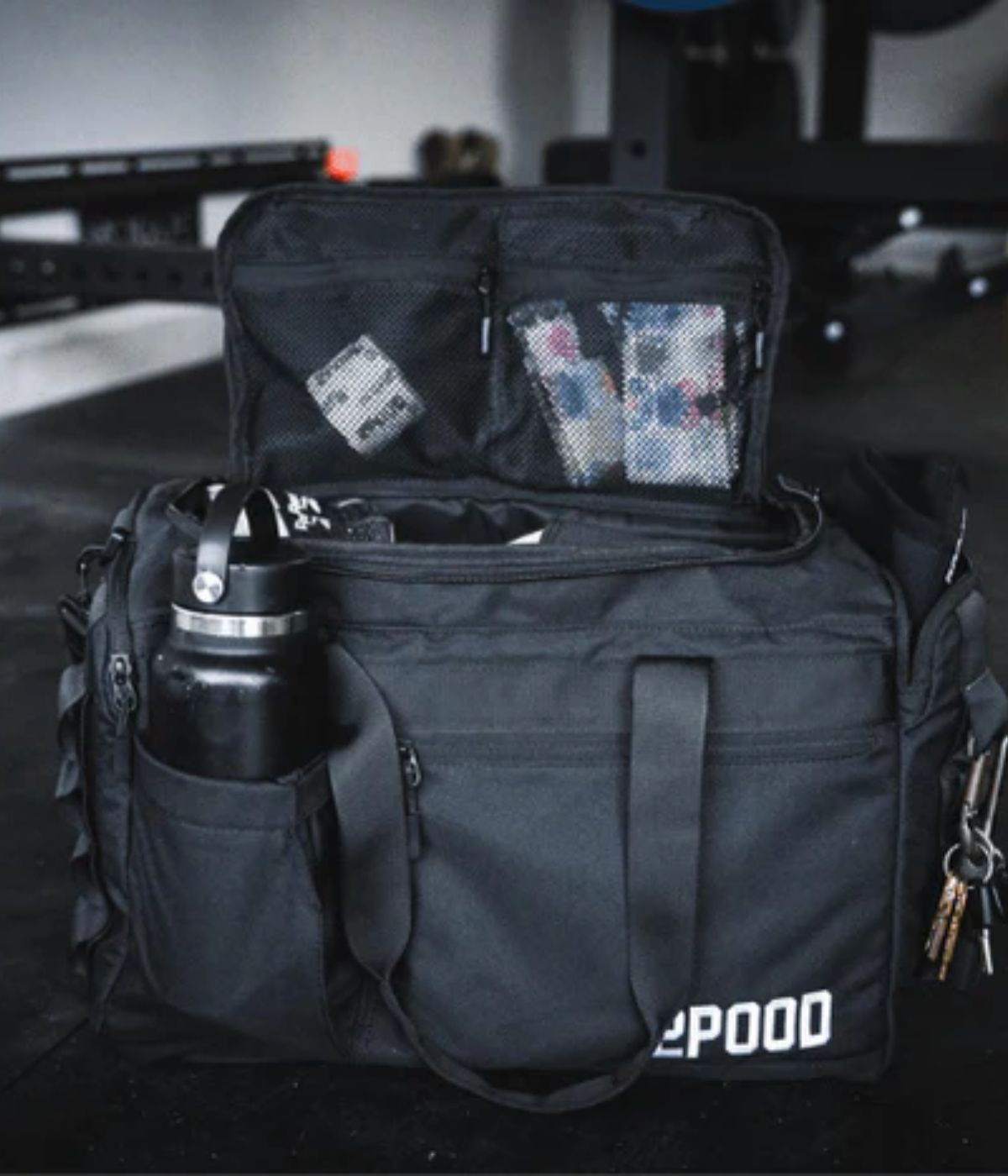
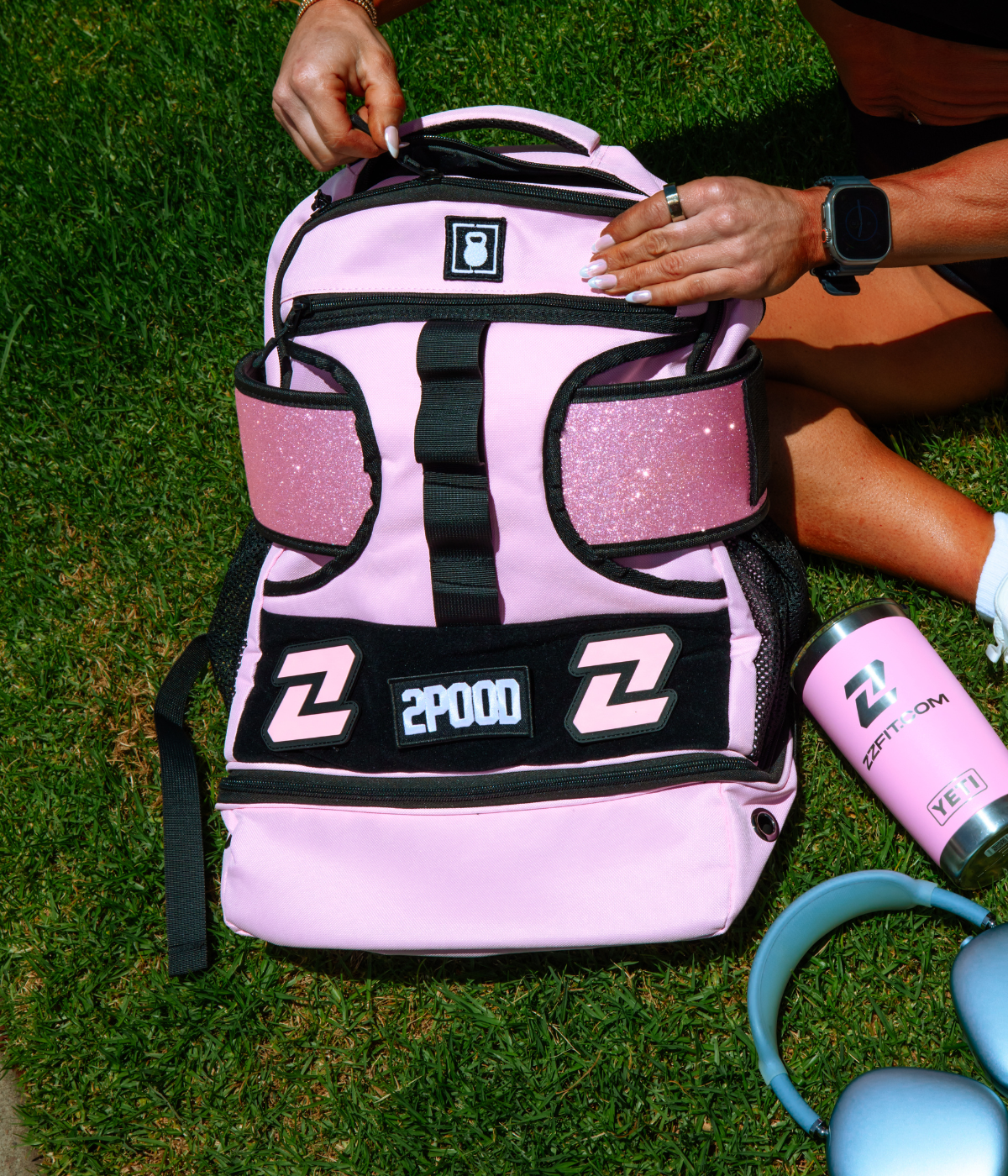
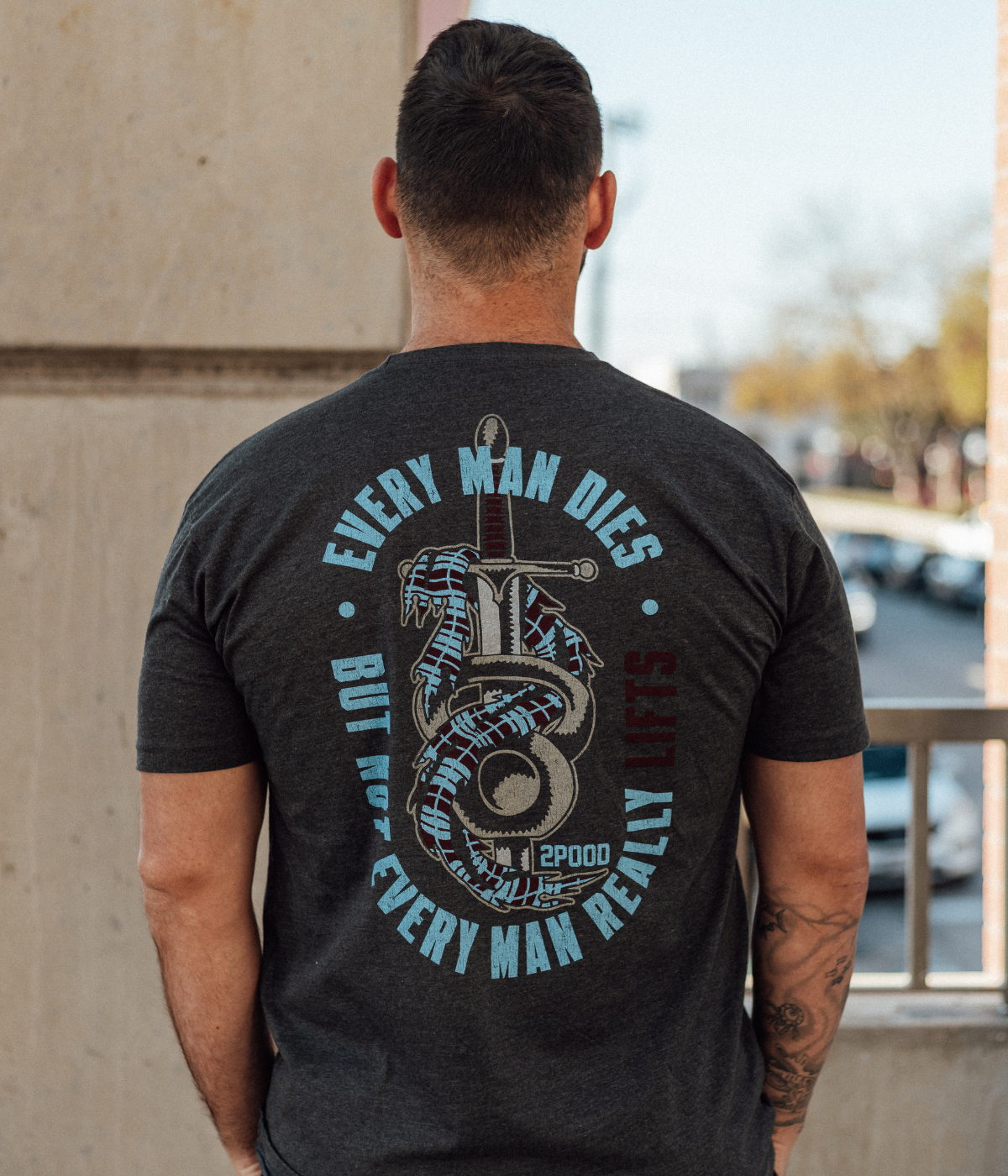
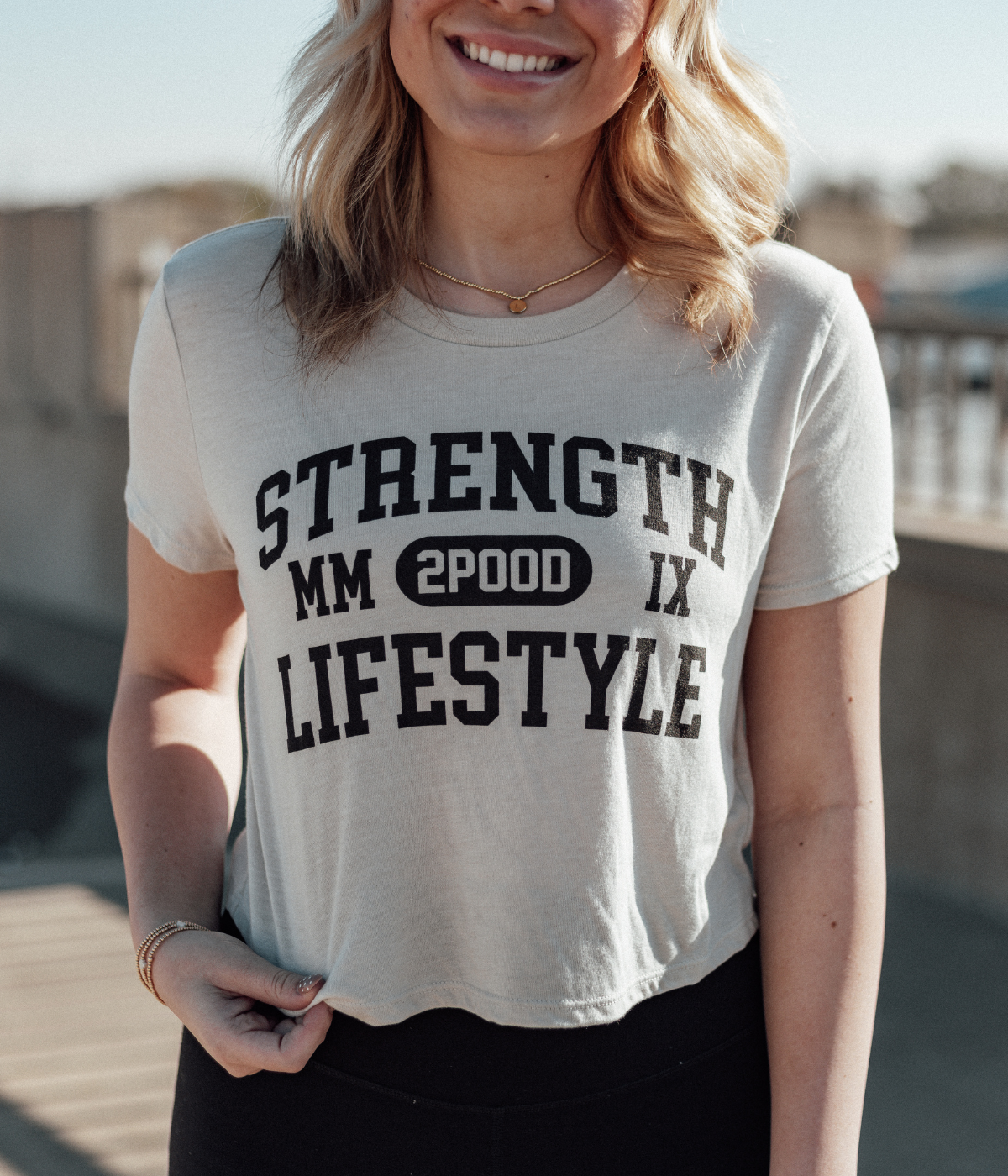
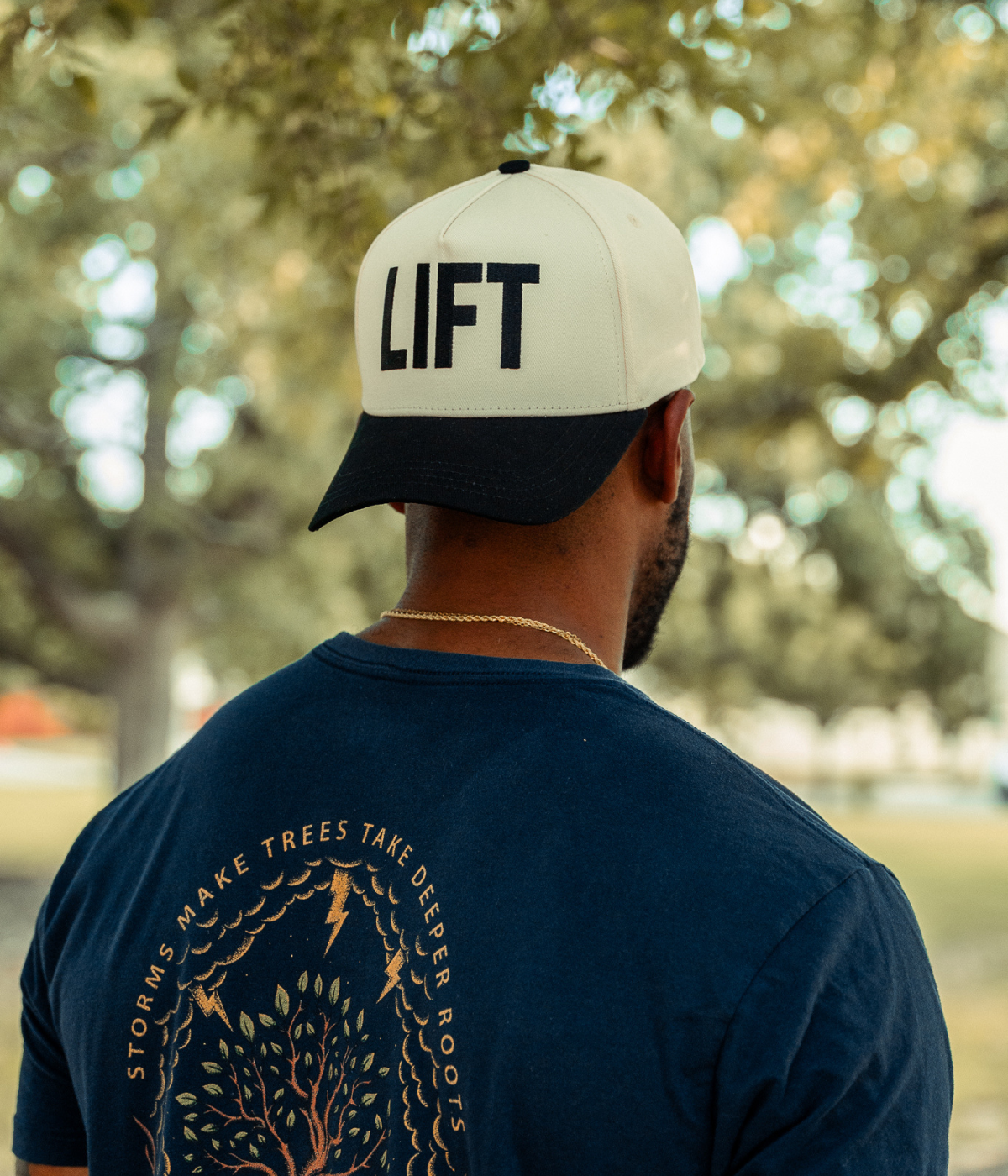
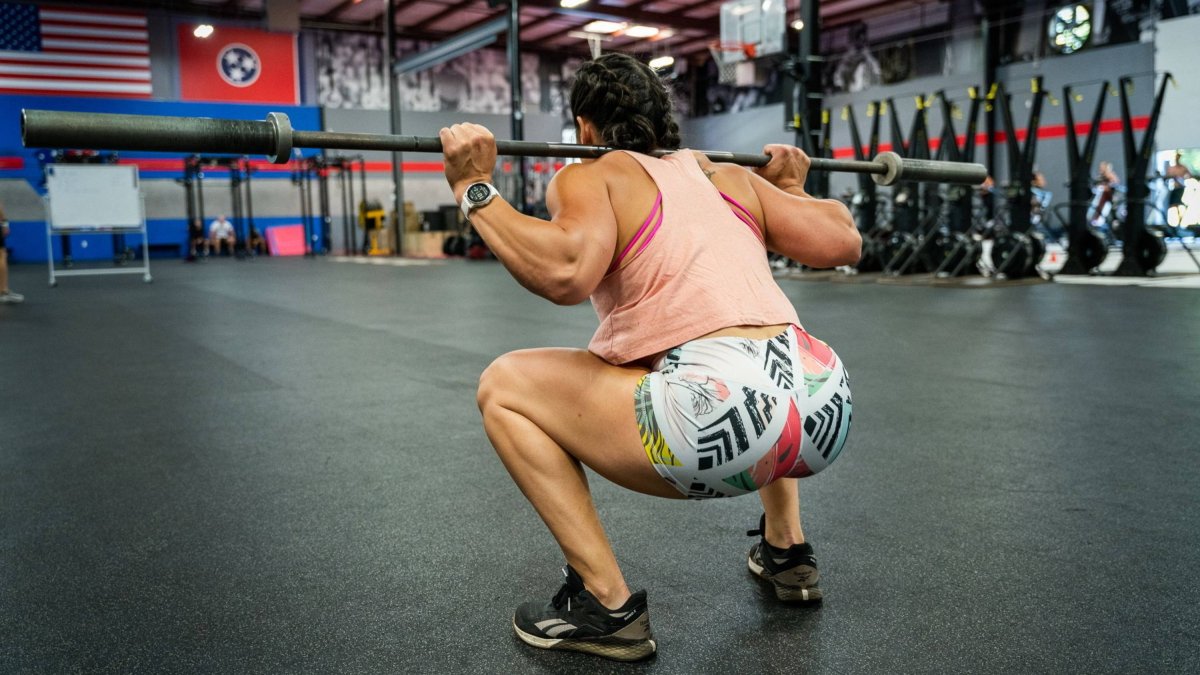
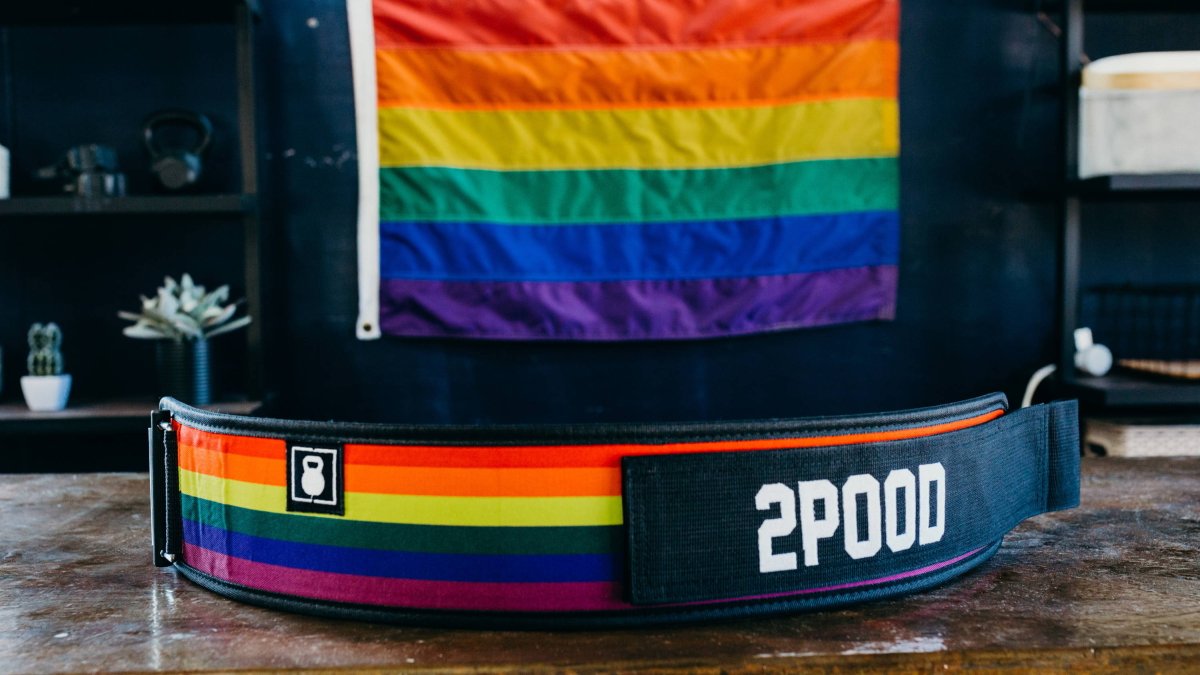
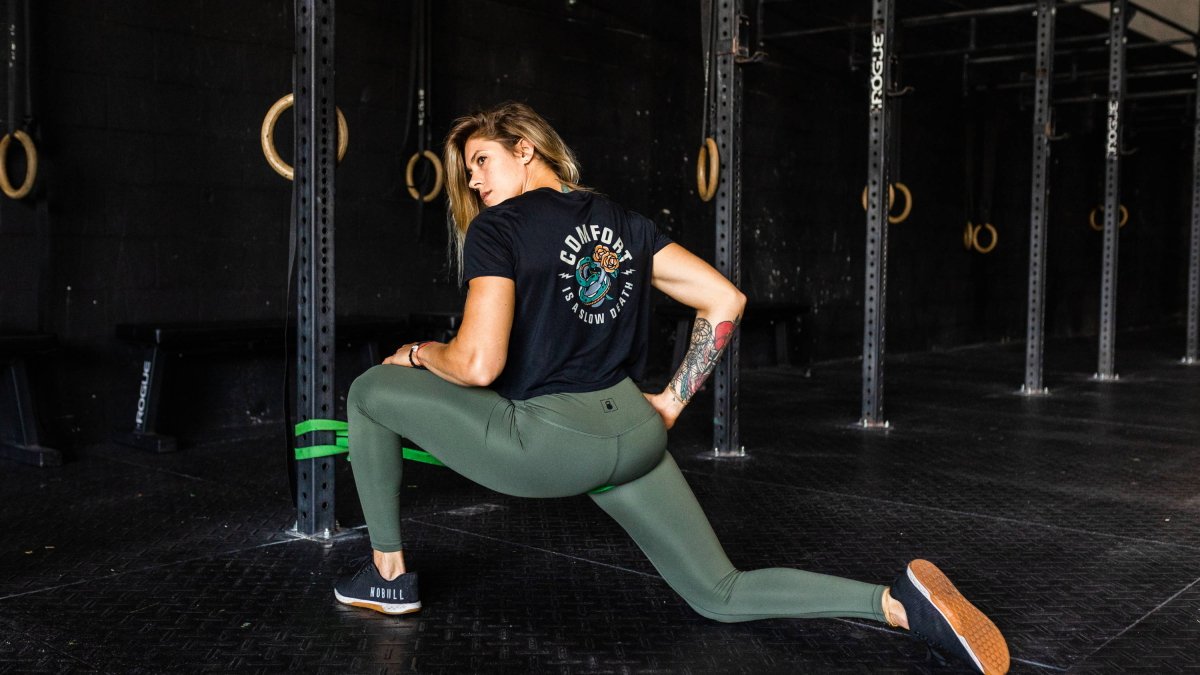
Leave a comment
All comments are moderated before being published.
This site is protected by hCaptcha and the hCaptcha Privacy Policy and Terms of Service apply.